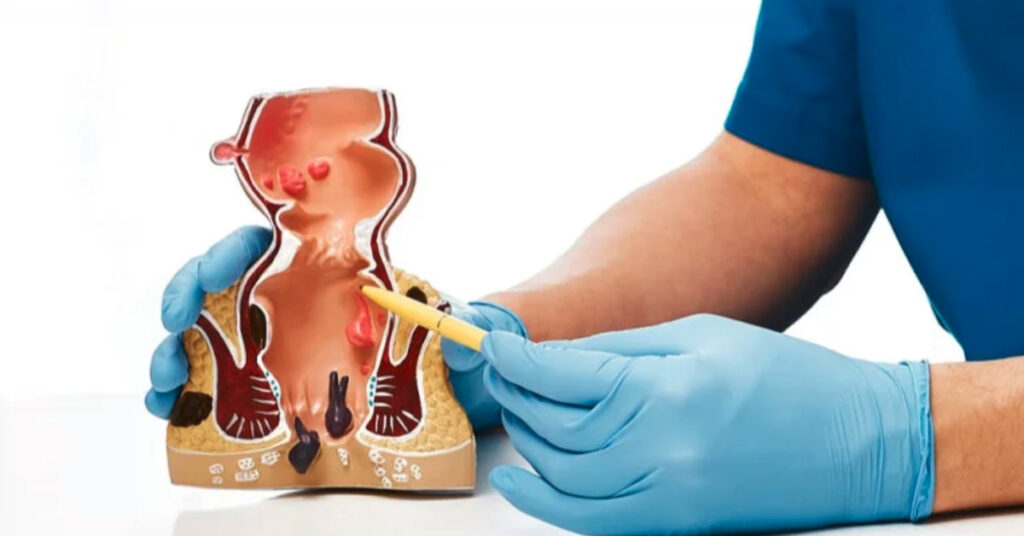
Vesicovaginal Fistula
Subtype of fistulas that occur between the urinary tract and female genitals in women vesicovaginal fistula It is defined as . The abnormal canal formed between the urinary bladder and the vagina is called fistula. Fistula occurs between the bladder and vagina. It occurs between the bladder and vagina. Due to fistula, urine from the bladder leaks into the vagina and flows out of the vagina, causing involuntary and continuous urine leakage.
Constant urinary incontinence negatively affects women's lives. Fistulas are the formation of abnormal connection pathways between the patient's internal organs. Vesicovaginal fistula Because of this, urine sometimes comes out of the vagina slightly. In addition to being a serious medical problem, this condition also affects the quality of life due to leakage and bad odor.

How Does Vesicovaginal Fistula Occur?
They are complications that usually occur after surgery performed to treat problems in the bladder or vagina. Vesicovaginal fistula It may also occur due to disease or gynecological cancer. Side effects of radiation therapy used for cancer treatment or recurrent urinary tract infections may cause fistulas.
Who Gets Vesicovaginal Fistula?
Vesicovaginal Fistula is common in women after gynecological surgery such as Caesarean section and hysterectomy. Moreover Vesicovaginal fistulaIt is a disease that is more common in women who have an abscessed infection between the bladder and the vagina or who have received radiation therapy due to uterine or cervical cancer.
How Common is Vazeiko Vaginal Fistula?
Vesico vaginal fistula, which occurs due to difficult birth, may occur due to prolonged and excessive pressure on the bladder during birth. In addition, factors affecting the development of the disease include gynecological surgeries such as hysterectomy, infection between the bladder and vagina, radiotherapy treatment due to uterine, cervical cancer or similar types of cancer, and birth at a young age are among the causes of vesico vaginal fistula. is taking.

What are the Symptoms of Vesiko Vaginal Fistula?
The most basic symptom of the disease is involuntary urine discharge from the vagina. Involuntary leakage of urine may be continuous or may vary depending on the size of the fistula. High fever, attacks of pain and feeling of blockage in the intestines, and urinary tract infections are also among the symptoms of vesicovaginal fistula.
Vesicovaginal Fistula Diagnosis
In patients with suspected Vesicovaginal Fistula, a substance called methylene blue is administered to the urinary tract to check whether the urine comes from the vagina. For the definitive diagnosis of the disease, a thin instrument with a camera on its tip (cystoscopy) is inserted into the bladder by showing the fistula opening. The physician also performs a physical examination. Various tests and scans are performed on the patient.
Vesicovaginal Fistula Treatment
If the patient has a small fistula, a catheter can be used in the treatment of these fistulas. Fistula is treated by inserting a catheter into the urinary bladder for 2-3 weeks. For larger fistulas, surgical treatment may be needed. An incision is made in the vagina or lower abdomen and the tissue around the fistula canal is removed until it reaches the tissue with good blood supply. Open or closed surgery may be performed in the treatment of the disease. In open surgery, repair is done by vaginal route and abdominal repair, while in closed surgery it is done laparoscopically. vesicovaginal fistula Repair is one of the most frequently preferred methods. In the treatment method to be applied to the patient; Factors such as the patient's general health condition, the size of the fistula, the location of the fistula and the reason for its development are also important.

Vaginal Approach
It is a frequently used method in the treatment of Vesicovaginal Fistula. After the surgery, the patient recovers quickly. The risk of bleeding and complications is low with the vaginal approach. This method applied to the patient is intensively applied to simple fistulas close to the bladder neck. Vaginal approach is used for fistulas seen in the lower part of the vagina, which usually occur due to birth.
Abdominal Approach
The abdominal approach is preferred in patients with low bladder capacity and narrow and deep vagina. Vesicovaginal fistula If it is related to neighboring organs or the ureter, if the fistula mouth is larger than 4 cm, and if the disease occurs after radiotherapy, abdominal repair is considered the first option.
Laparoscopic Vesicovaginal Fistula Repair
It is the most successful method. If the patient is deemed suitable for the treatment of vesicovaginal fistula, it is possible to benefit from the advantages of closed surgery. Fast recovery with closed surgery method, short hospital stay and small incision scars on the body are among the benefits of laparoscopic vesicovaginal fistula.
Frequently Asked Questions
Small fistulas that occur in the patient can be treated by inserting a catheter into the urinary bladder for 2-3 weeks. Surgical treatment can be performed in large fistulas.
Involuntary leakage of urine into the vagina by creating an unwanted channel between the bladder and the vagina is defined as vesicovaginal fistula.
Fistula occurs due to inflammation or injury of an organ. Usually long and difficult births, intestinal diseases, etc. causes fistula formation.
In very rare cases, cancer may develop as a result of fistula. Fistula left untreated for many years can cause cancer as a result of the damage it causes.
Our treatments
- Prostate cancer
- Bladder Cancer
- Kidney Cancer
- Kidney stone
- Robotic Surgery
- HOLEP
- ThuLEP
- Prostate Biopsy
- hydrocele
- Varioxel
- Testicular Cancer
- Urinary tract infection
- Urinary Incontinence in Women
- Urodynamics
- Vesicovaginal Fistula
- Laparoscopy Surgery
- Sacral Neuromodulation
- Laser Prostate Surgery
- Penile Prosthesis Implantation
- Prostate Hot Water Steam Treatment
- Penile Shock Wave Therapy – ESWT
- Male Infertility
- Drug Treatment for Sexual Dysfunction (Erectile Dysfunction)


